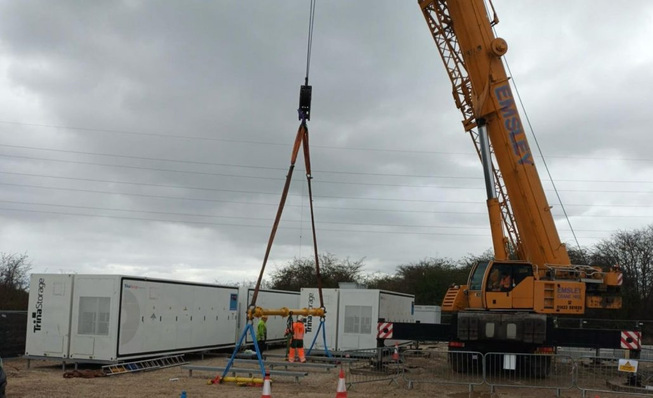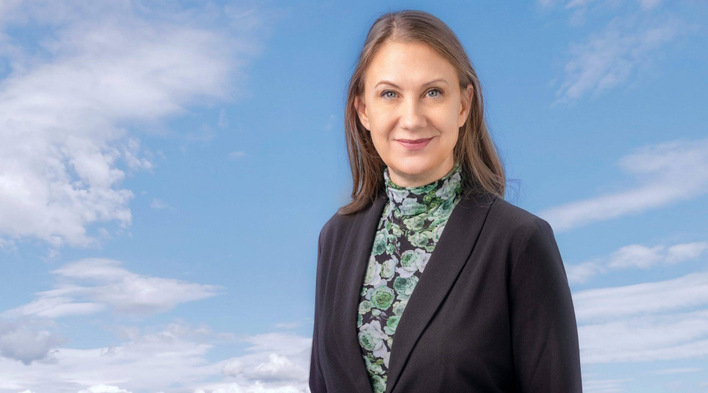At the heart of the energy system in the Seebrighof multi-generation settlement in Hausen am Albis are solar panels on the roofs of the building ensemble. This consists of a renovated farmhouse from the 17th century and outbuildings. It also includes a former barn, which the builder and owner converted into a modern residential building. A total of 28 flats have been created in this way, which are almost completely supplied with their own solar power.
The lithium storage tank is sufficient for the evening supply.
When the sun does not shine in the evening or on a cloudy day, the residents of the housing estate in Aargau, only a few kilometres north-west of Zurich, use the electricity from a lithium-ion storage tank, which was previously stored there as surplus from the solar plants. But the solar plants are so large that even this storage unit will be full at some point. In addition, the battery is primarily intended to shift solar power from the daytime to the evening hours.
Surplus electricity flows into the electrolysis system
That's why the EKZ and the building owner have resorted to an unusual solution. An electrolyser is operated with the solar power that is left over when all the consumers in the neighbourhood are supplied and the battery storage is full. This splits water into its components. The resulting hydrogen is stored in commercially available gas cylinders. When the demand for heat increases in the cold and dark season and at the same time solar power production decreases, the residents of the settlement use the hydrogen. They use a fuel cell to produce heat and electricity.
Interaction of technologies is important
With this project, the EKZ wants to show that this form of energy system is definitely profitable, as it also relieves the burden on the grid. The question is whether such decentralised hydrogen storage systems can make a significant contribution to independence from fossil fuels and bridge the supply gap in winter. The entire system has already been running since March 2022. By the end of the first month, the hydrogen storage system was already five per cent full. "I believe the solution for the energy transition lies in the interplay of all the technologies and instruments at our disposal," emphasises Martin Nicklas, Head of EKZ Energy Contracting. "The hydrogen tank will be 100 per cent full by the end of autumn, although we also want to use it to produce electricity during colder summer days," he is certain.
It's not about self-sufficiency
But neither the owner nor the EKZ are aiming for full self-sufficiency. They assume that the hydrogen will not be quite enough to bridge the Seebrighof's winter supply gap, but that is not yet the intention, Nicklas explains. "We are gaining those experiences here on a small scale that could be very useful to us in the future when using hydrogen in larger projects," he says. (su/mfo)
Also interesting:
German town goes self-sufficient with wind and green hydrogen
A home storage system that combines batteries and green hydrogen







